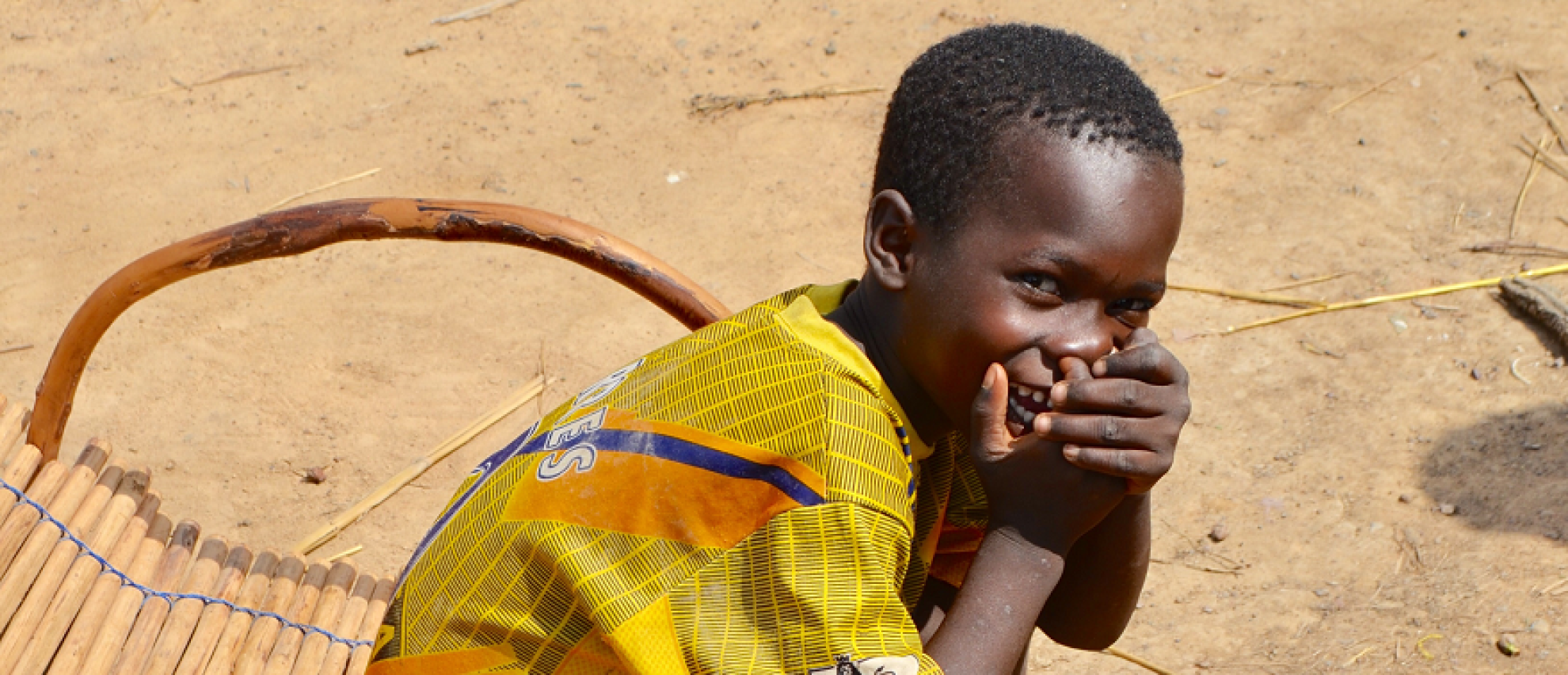
The cost of protecting children in the Sahel from malaria
15 September 2017Seasonal malaria chemoprevention (SMC) is a sound investment for preventing millions of cases of childhood malaria and creating savings for both patients and health systems. However, with limited financial resources and amid competing funding priorities, a lack of information on the key cost drivers of SMC represents a major barrier for scaling up this life-saving intervention for countries in the Sahel region of Africa. Understanding the costs of SMC can help countries plan and advocate more effectively for the allocation of sufficient financial resources to introduce or scale-up SMC while improving its affordability.
To determine the costs of SMC, Management Sciences for Health (MSH), a technical partner of ACCESS-SMC, conducted cost surveys in each of the seven ACCESS-SMC countries in 2015 and 2016. Using standard semi-structured questionnaires and data checklists, MSH staff collected data on the costs of all inputs (e.g. equipment and SMC drugs, travel and transportation costs, personnel salaries and incentives, meeting and training costs, and social mobilization). The results of these surveys will provide information that can be used to guide future SMC programming, assist with conducting comparisons of efficiency, and improve the affordability and efficiency of SMC.
Preliminary results from the annual costing surveys indicate there was a reduction in the average cost of providing one child, aged 3-59 months, the recommended four monthly cycles. In 2016, the weighted average cost of providing four cycles was US $3.55 per child, which is down from the 2015 estimate of US $4.27. In the seven countries, the majority of costs were attributed to SMC drugs and supplies, SMC distributors’ remuneration, and management costs for implementing NGOs and Ministry of Health (MoH) staff.
The estimated reduction in costs is primarily due to the increased coverage of SMC and the overall spreading of fixed costs (e.g. for management, supervision, and training) over a larger target. In 2015, ACCESS-SMC supported the distribution of 12.4 million treatments to approximately 3.1 million children, while in 2016 it more than doubled its coverage to an average 6.3 million children (6.6 million at its peak), distributing nearly 25 million treatments.
The results suggest that large-scale implementation of SMC can result in both a lower average cost per child covered by SMC and a greater reduction in the overall burden of malaria in the Sahel. Once finalized, these results should help countries and donors assess the resource needs required to reach the more than 12 million eligible children that are still not benefitting from SMC in future scale-ups. Moreover, this information and upcoming analysis on savings to the health system should help countries prioritize their investments in malaria control as they move toward attaining the Sustainable Development Goals (SDGs) and the Global Technical Strategy for Malaria (2016-2030) target of radically reducing the malaria burden by 2030.
Latest news
- International summit calls for AMR accountability in public health interventions21st March 2024
- Global SMC community celebrates new milestone at SMC Alliance Annual Meeting in Nigeria6th March 2024
- Scaling up key interventions could halve pneumonia-related childhood mortality13th February 2024
- Malaria Consortium and eGov Foundation join Mozambique’s national malaria programme to digitalise seasonal malaria chemoprevention campaigns8th February 2024
- World’s first malaria vaccine rollout launched in Cameroon22nd January 2024
- Digital solutions driving equitable access to health6th December 2023